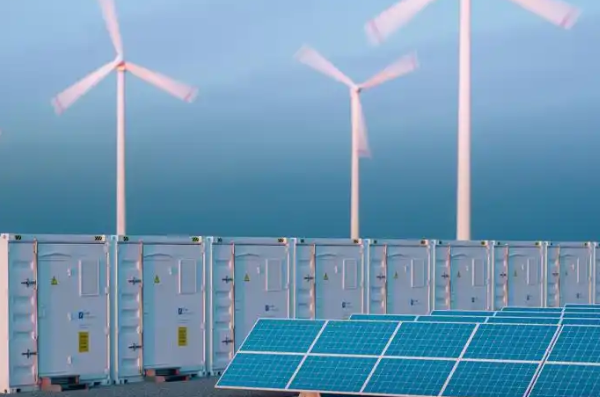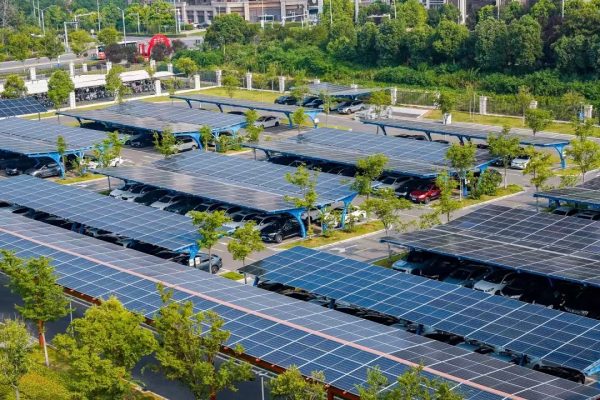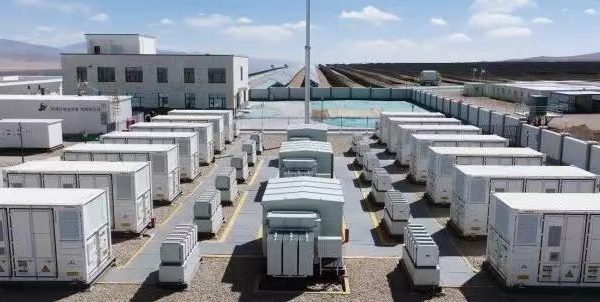When natural disasters strike—whether earthquakes, hurricanes, floods, or wildfires—electricity supply is often one of the first services disrupted. Hospitals, shelters, communication centers, and relief logistics all depend on reliable power, but grid restoration can take days or weeks. This is where solar + battery energy storage systems (ESS) become indispensable for emergency response and disaster relief.
Why Solar + Battery Matters in Emergencies
Traditional backup systems rely heavily on diesel generators. While effective, they come with several limitations:
- Fuel dependency: Transporting fuel into disaster zones is costly and logistically difficult.
- Noise and emissions: Generators create pollution and can disturb recovery operations.
- Maintenance needs: Mechanical failures are common in harsh environments.
In contrast, solar + storage systems:
- Provide fuel-free energy once deployed.
- Operate quietly, supporting medical and community environments.
- Scale flexibly, from powering small shelters to running microgrids for entire villages.
Key Use Cases
- Medical Facilities
- Powering ventilators, refrigeration for vaccines, lighting, and diagnostics.
- Ensures continuity of care when hospitals are cut off from the grid.
- Emergency Shelters & Relief Camps
- Provides lighting, phone charging, water purification, and basic cooking needs.
- Improves safety and morale for displaced families.
- Communication Infrastructure
- Keeps cell towers, satellite links, and command centers running.
- Supports coordination between aid organizations and local governments.
- Field Logistics & Mobility
- Powers refrigeration, drones, and emergency transport hubs.
- Portable ESS units can be redeployed as needs shift.
System Design Priorities
Unlike standard C&I solar + storage projects, disaster-response systems must be:
- Portable and Rapidly Deployable
- Containerized ESS units or trailer-mounted solar kits.
- Plug-and-play designs with minimal installation.
- Resilient
- Weatherproof enclosures.
- Shock and vibration resistance for transport.
- Redundant safety features.
- Scalable
- Modular battery packs and foldable solar arrays.
- Ability to start small and expand as more equipment arrives.
- Easy to Operate
- Simple controls for non-technical relief workers.
- Remote monitoring for central coordination.
Lessons from Real-World Deployments
- Puerto Rico (2017, Hurricane Maria): Solar microgrids kept health clinics open while grid repairs took months.
- Nepal (2015 Earthquake): Portable solar-battery kits supported relief camps in remote mountain areas.
- Ukraine (2022): Community centers relied on PV + ESS to provide heat and charging stations during outages.
These examples show that solar + storage is no longer experimental—it’s a proven disaster-response tool.
Challenges to Consider
- Upfront Costs: Containerized or mobile ESS units are not cheap. Relief agencies often rely on donations or government funding.
- Deployment Logistics: Even portable units require planning for shipping, customs, and site selection.
- Battery Safety: Proper fire and arc protection (covered in our previous article) is critical in crowded shelters.
Buyer’s Checklist: Solar + Battery for Emergency Use
When evaluating solutions for disaster relief, ask:
- Is the system containerized, trailer-mounted, or suitcase-sized? (Mobility matters).
- How many days of autonomy does the battery provide without sun?
- Is there hybrid compatibility with generators if needed?
- Does the unit have built-in lighting, outlets, or medical-grade sockets?
- How fast can the system be commissioned on-site?
Solar + battery energy storage is becoming an essential pillar of humanitarian aid. Unlike fuel-based systems, it can deliver quiet, clean, and reliable energy in the most challenging environments.
For relief agencies, governments, and NGOs, investing in deployable PV + ESS is not just about technology—it’s about saving lives and restoring dignity during disasters.









